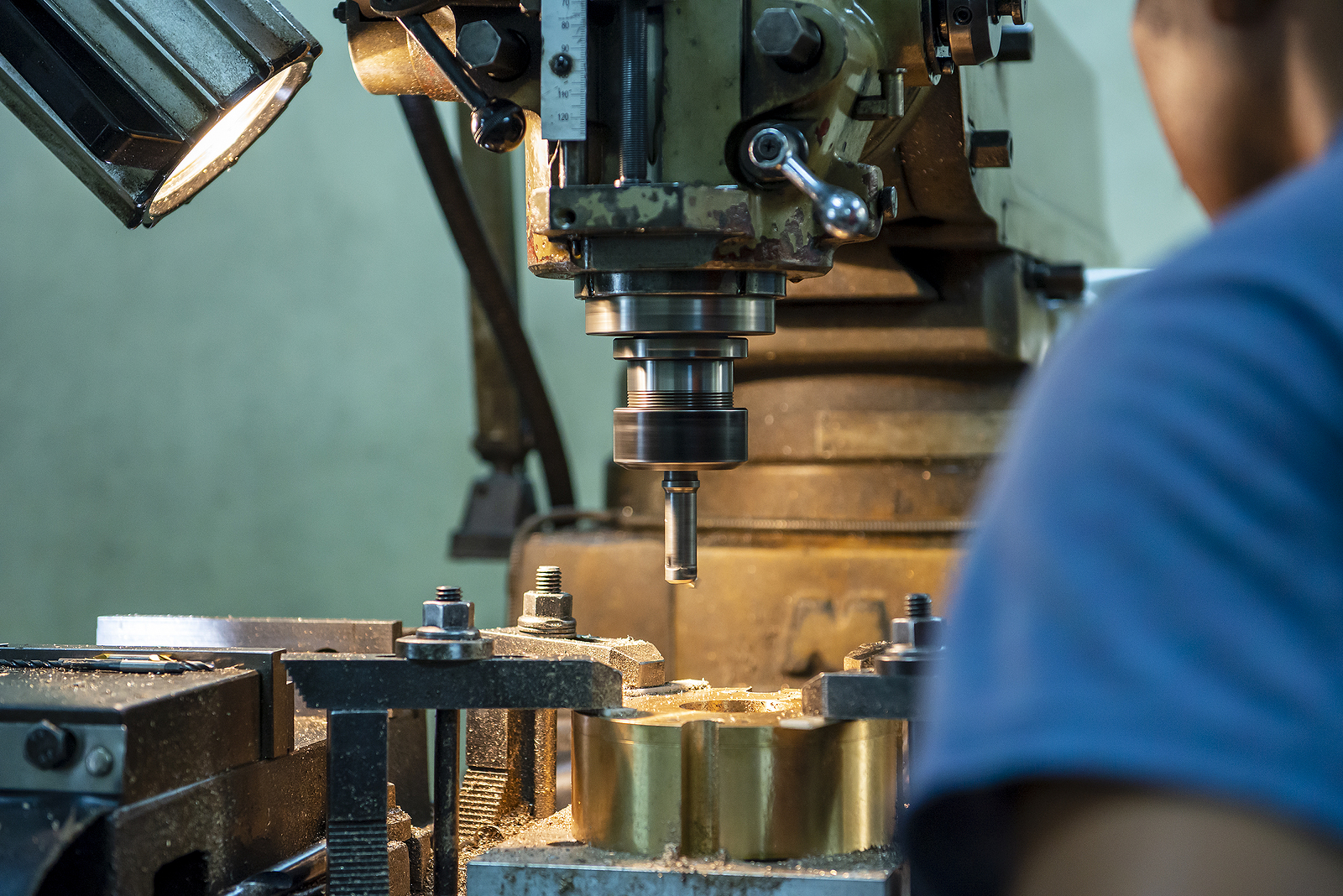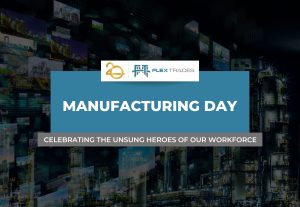The history of manufacturing and the four industrial revolutions are unique in comparison but one commonality they share is the metal working mill. The metal working mill doesn’t have the same extensive history as the metal working lathe, but it has a history nonetheless.
Eli Whitney Invents the Mill
The origination of the mill is difficult to determine. For the most part, mills can be traced to the 1700s at a time when clock makers used mills to cut out balance wheels. However, it wasn’t until 1818 that the United States was able claim rights to the mill. And, all credit goes to Eli Whitney, the inventor of the cotton gin (which was invented in 1793). With the cotton gin up and running, Eli wanted to do his next big thing. He soon recognized his opportunity. With the US under threat of war with France, the US government was soliciting bids from contractors for the production of muskets. This is where Eli comes in.
At the time, muskets were hand formed by skilled workmen. This caused inconsistencies across each individual musket in design, fit, and form, and also made replacement parts difficult to get. It was time for a change. So, Eli got to designing machine tools that could manufacture parts at a faster rate and manufacturer repetitively. He thought was that machine tools would keep musket components uniform in shape, size, and design, unlike the hands of craftsman. With consistent and repeated machine tool operation, parts could be inventoried and also interchangeable. This idea of Eli’s ultimately created the production system as we know it. In 1801, Eli presented the system to Thomas Jefferson (President-elect at the time). Jefferson witnessed it in full and saw its value. With approval (or at least the acknowledgement of greatness), Eli continued to manufacture arms with his invented machinery, passing down his arms shop (located in Hamden, Connecticut) to his son, Eli Whitney Jr.
Since Inception
Fast forward, many GREAT changes to the mill have progressed through the Industrial Revolutions. An American engineer (Joseph R. Brown) showcased his universal milling machine at the Paris Exhibition in 1867. Another American engineer further improved this machine in 1936. He thought the machines should provide more movement and allow the tool to approach work pieces at different angles and locations, with less manual operations. This engineer (Rudolph Bannow) named his machine the Bridgeport which manufacturing facilities across the US still use in production.
However, a Bridgeport is still very manual in nature so with the rise of automation, computers, and digital applications, we’ve seen the mills transform to what they are now – CNC Mills – but that’s a story for another time.








